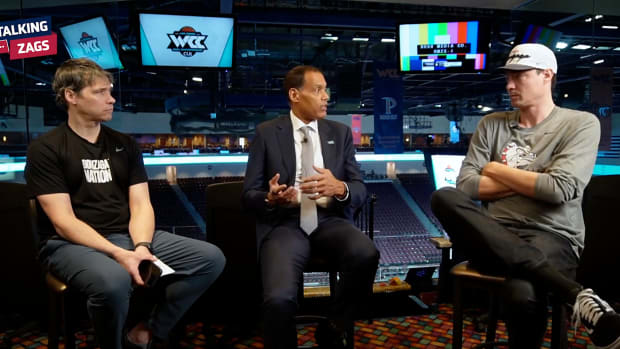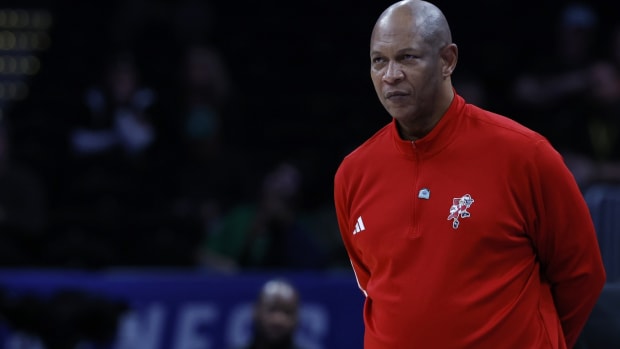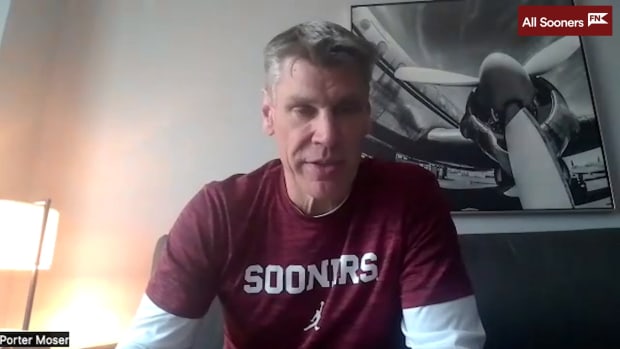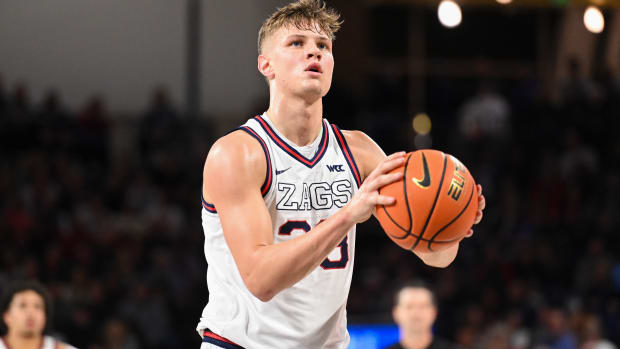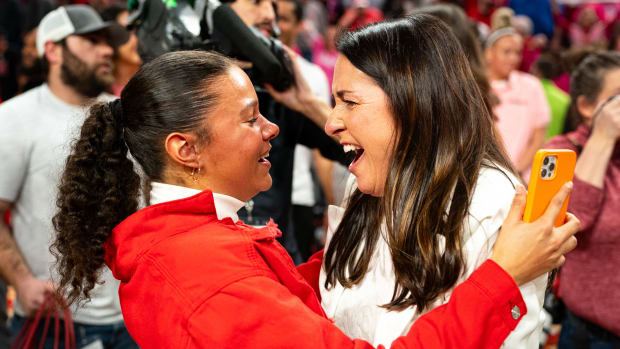College Basketball's Top Trends, Players and Storylines to Watch in 2019
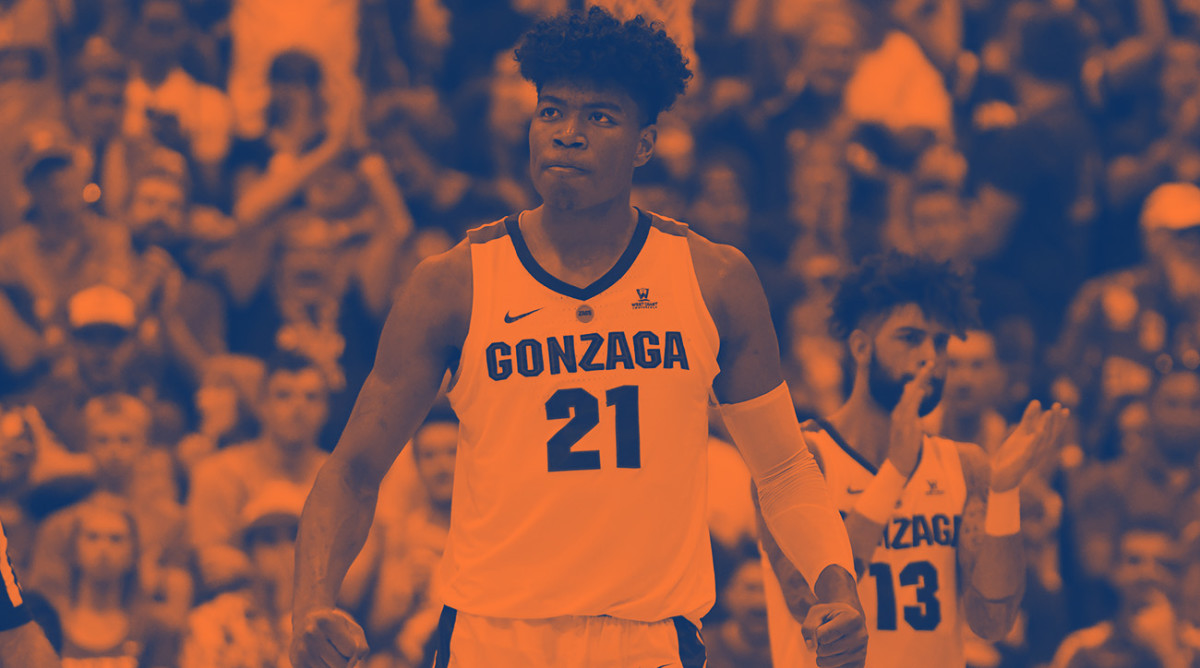
College basketball entered 2018 as a sport on the brink, with the awaited fallout from the still-recent FBI fraud investigation seen by some as potentially landscape-altering. That has yet to pan out; the NCAA enacted mostly small-scale changes to its amateurism model, and though three of the defendants were found guilty of fraud in federal court so far, the case and its revelations have not had wider implications thus far. Elsewhere, the sport remained healthy. Trae Young was January’s breakout star, Sister Jean March’s. An NCAA tournament that began with a historic upset by upstart UMBC ended with a dominant Villanova cementing its place as a national power. When play resumed this fall, Duke’s vaunted freshman class wasted no time putting on a show—only for Gonzaga to usurp the Blue Devils’ spot atop the polls by knocking them off in Maui.
You have reached your limit of 4 premium articles
Register your email to get 1 more
Who and what will dominate college basketball news in 2019? As the calendar turns again, here are some subjects college basketball fans should keep an eye on.
NET rankings
The NCAA’s replacement for RPI—an objective, mathematical evaluation of teams’ resumes used by the NCAA tournament selection committee since 1981—didn’t impress observers when the first rankings were released in November, featuring oddities like Ohio State at No. 1, Loyola Marymount at No. 10, and Kentucky far behind teams like Liberty, Duquesne, and Abilene Christian. Though critics knocked the formula’s seeming over-emphasis on road wins and raw (i.e. not adjusted for competition) efficiency numbers, the unevenness of early-season schedules means we won’t get a clear picture of the rankings’ merits until February or so, when a good chunk of conference games have been played. NET ranks are but one component available to the committee when making its picks, but expect it to feature prominently in bubble talk and eventual seeding and selection gripes.
Michigan’s defense
Though the Wolverines are lethal as a whole (and Ignas Brazdeikis has been the country’s breakout freshman thus far), it’s their stubborn and stifling defense that has transformed what was expected to be a quality Big Ten team into one that could make a case for being the country’s most impressive. Wing Charles Matthews has blossomed into a two-way difference maker while 7’1” junior Jon Teske has quickly emerged as a defensive anchor inside. Villanova and North Carolina have already been stymied in blowouts. Expect many of Michigan’s opponents to begin feeling their pain.
Rui Hachimura
True, he’s already the best player on the best team in the country, and yes, he had a bit of a coming-out party when he starred in the Bulldogs’ win over Duke. But as the sport gains eyeballs after football season and buzz begins building for March Madness and the NBA Draft alike, the 6’8”, Japanese-born junior forward’s star will continue rising. That’s especially true if Gonzaga makes it deep into the season ranked No. 1 and undefeated—a real possibility if it survives North Carolina this weekend.
Virginia
The Cavaliers have thus far managed to make their embarrassing loss to UMBC as distant a memory as possible, beginning this season 8-0 in mostly dominant fashion as forward De’Andre Hunter emerges as a star. But when March comes around again, talk of last year’s historic upset will be unavoidable as everyone wonders whether to believe in Tony Bennett’s team—already dogged by many for past March shortcomings—this time around. The Cavaliers certainly look like one of the country’s best teams, but many will be wary of fully buying in.
Nevada
The Wolfpack have thus far lived up to high expectations, going undefeated through their first 11 games of the season, including eights wins by double figures and true road games at USC and Loyola Chicago. Led by 6’7” twins Cody and Caleb Martin and helmed by former Warriors and Kings coach Eric Musselman, Nevada is a highly veteran team that utilizes its versatile parts to operate one of the country’s most efficient offenses. If Gonzaga is the post-mid-major power atop the list of national title contenders, the Wolfpack are the upstarts pushing for similar status.
James Wiseman
The country’s top recruit in the Class of 2019 announced his commitment to Memphis in November by unveiling a unicorn adorned with the Tigers’ logo. When he arrives on campus next year, the multitalented 7-footer and future NBA lottery pick will be looking to help new Memphis coach Penny Hardaway author a fairytale revival at his alma mater. He’ll be joined by four-star former Kentucky commit D.J. Jeffries, a 6’7” forward who played with Wiseman on Hardaway’s AAU team before their coach took the Memphis job. If the Tigers are to become the national contenders many in the city pine for, Wiseman will be a key catalyst.
Whoever takes the G-League money
In October the NBA announced that it would begin offering top high school prospects $125,000 salaries to enter its developmental G-League rather than enter the college ranks. The news drew mixed responses, in part because the FBI investigation showed that prospects have landed similar paydays to play in top college programs, a more proven and comfortable path than busing from game to game to duke it out with grown men fighting for their livelihoods. But it offers at least the possibility to disrupt the market for players’ services, and should a top player opt for that path and succeed—former Syracuse signee Darius Bazley initially skipped college for the G-League this year, then opted to sit out this season entirely—it could be the biggest shake-up to the recruiting scene since the NBA instituted its age limit in 2005.
Chuck Person, Rashan Michel, Tony Bland, Book Richardson, and Lamont Evans
Though the first trial stemming from the FBI’s 2017 investigation featured revelations regarding Kansas and LSU’s programs, its only public consequence so far has been the ongoing absence of Jayhawks forward Silvio de Sousa while the school examines his eligibility. When the remaining defendants go to court—their trials are currently scheduled for February and April 2019—there may be more allegations still, involving who knows who doing who knows what. And once the NCAA begins taking its own action based on the evidence uncovered, we could see the most concrete repercussions yet.
Bill Self
Kansas’ head coach and his top assistant, Kurtis Townsend, did not come across well during the trial of former Adidas employees Jim Gatto and Merl Code and player liaison Christian Dawkins. The evidence painted Self as particularly cozy with Gatto and the defense read aloud a transcript of a wiretapped call in which Townsend seemed to agree to arrange payments to the father of prized recruit Zion Williamson, now a Duke. Self denied any wrongdoing and the situation appears to have died down for now, but additional evidence at the subsequent trials or further investigation by the NCAA could increase scrutiny of the hall-of-famer.
Brian Bowen
The former Louisville commit whose transactional recruitment was central to the government’s indictment is taking his own legal action, suing Adidas on the basis that the apparel company’s influence in the college hoops industry amounts to racketeering that ultimately harmed Bowen by rendering him ineligible to play under NCAA rules. Bowen, who is currently playing professionally in Australia, could make waves stateside again if pretrial discovery proves fruitful.
Duke’s freshmen
These guys aren’t going anywhere. The group of newbies that dropped jaws in their debut against Kentucky in November may no longer be unscathed, but their combination of talent, NBA potential, established popularity, and sheer entertainment in playing style should keep them as central figures in this season’s narrative into March.

